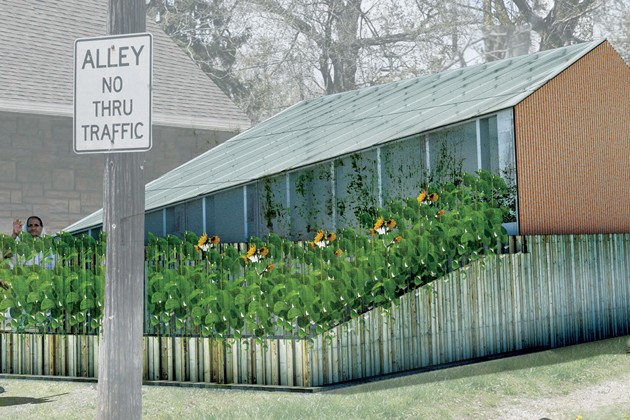When Steven Mankouche first saw the house at 3347 Burnside Street in Detroit, Michigan in 2013, it was buckling and scarred with burn marks.
An artist named Andy Malone, who lived nearby, had just purchased the lot for $500 and was hoping to find some way to bring it back to life.
Mankouche, an architect, and his partner, Abigail Murray, a ceramicist, floated a proposal to do just that, by commandeering the house’s foundation and repurposing it as a sort of plant nursery. He calls the sunken greenhouse design an “Afterhouse“.
Detroit’s urban-farming scene is flourishing, with some 1,400 farms and community gardens spread across the city’s 139 square miles.
Green spaces don’t have to be at odds with revitalization, says Maurice Cox, the city’s director of planning and development, who notes that farms and gardens are a key element of the Detroit Future City plan, a blueprint for diversifying local land use.
In some parts of the city, farms span entire blocks, conjuring an urban prairie. Afterhouse’s neighborhood, by contrast, remains densely populated.
Image credit: ArchoLab

